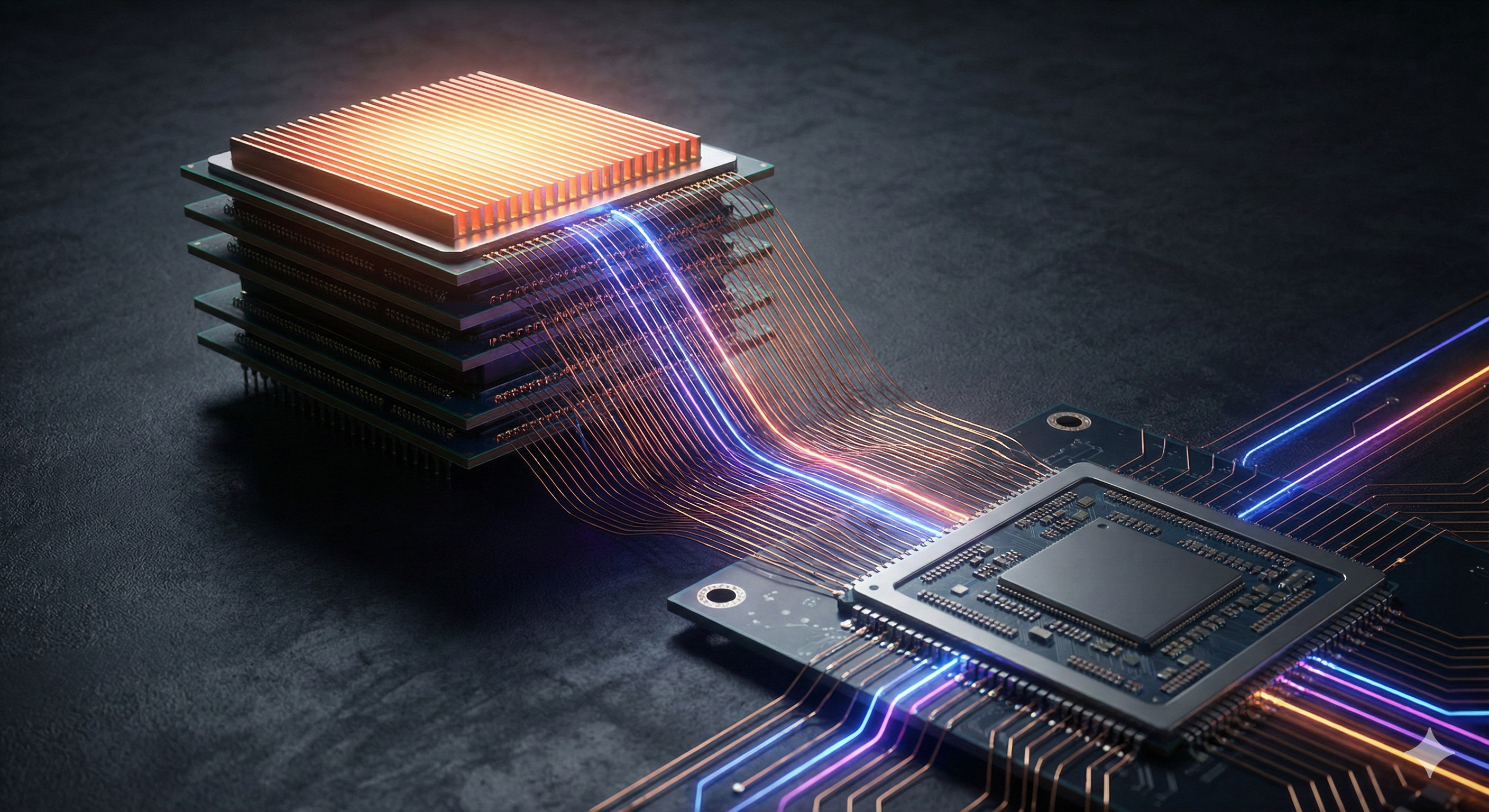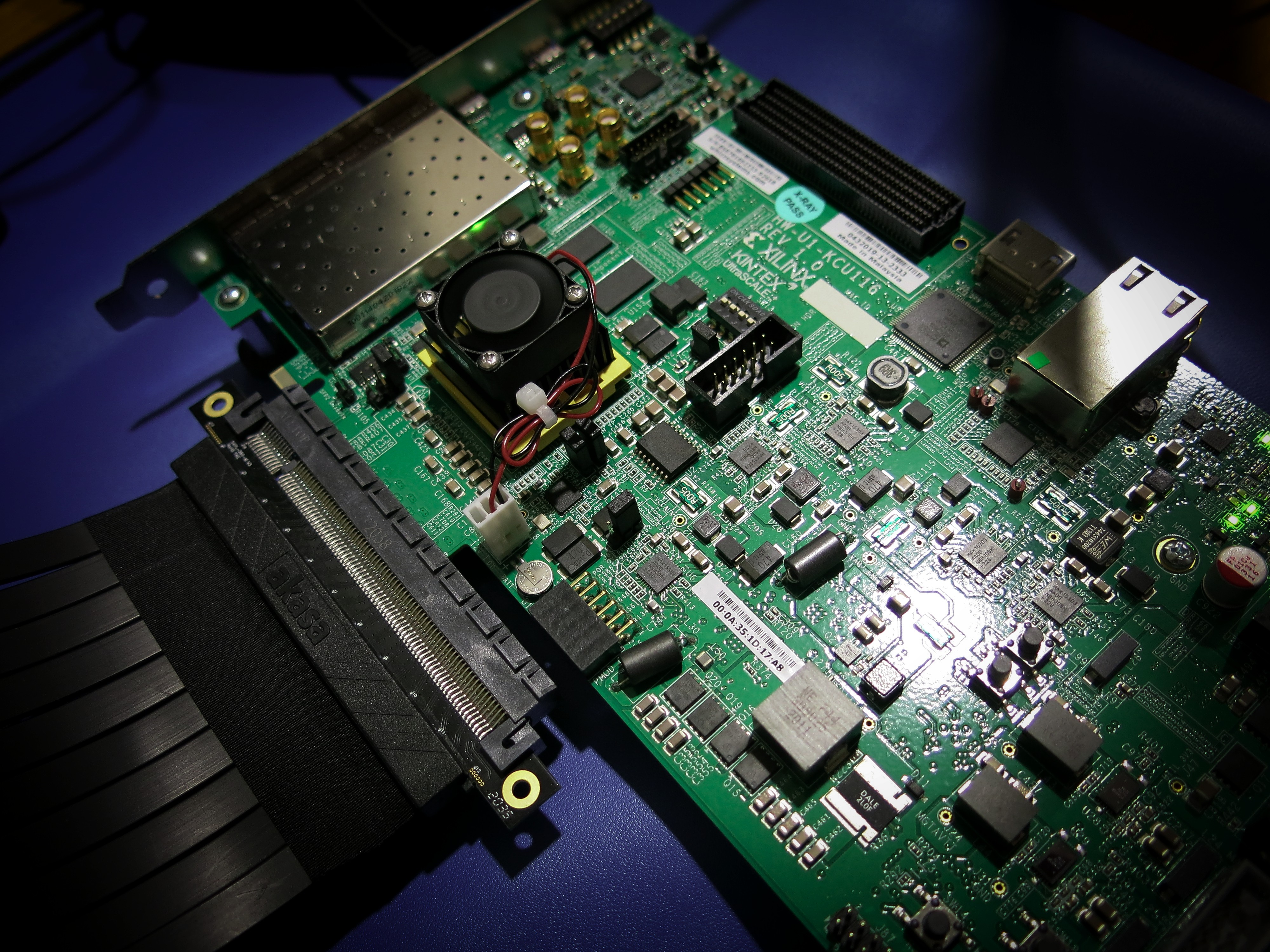 Let’s be honest: for those who believe it is necessary to use a full-featured soft-core memory controller connected to an industry-standard DDR4 memory model—no, it doesn’t have to get that complicated. In fact, I would highly suggest finding a more straightforward...
Let’s be honest: for those who believe it is necessary to use a full-featured soft-core memory controller connected to an industry-standard DDR4 memory model—no, it doesn’t have to get that complicated. In fact, I would highly suggest finding a more straightforward...
 Video Synchronization options in FPGA When dealing with live video, especially in FPGAs or ASICs, you’ll inevitably encounter synchronization challenges. These can range from simple refresh rate conversions and multi-stream synchronization to video alignment...
Video Synchronization options in FPGA When dealing with live video, especially in FPGAs or ASICs, you’ll inevitably encounter synchronization challenges. These can range from simple refresh rate conversions and multi-stream synchronization to video alignment...
 HDL Simulator Comparison Sooner or later, every HDL digital engineer considers the usage of a different HDL simulator for a varienty of reasons (Compatibility, Speed, Additional Options, Language Support, Platform Support etc.). I will skip the obvious introduction of...
HDL Simulator Comparison Sooner or later, every HDL digital engineer considers the usage of a different HDL simulator for a varienty of reasons (Compatibility, Speed, Additional Options, Language Support, Platform Support etc.). I will skip the obvious introduction of...
 PCIe MSI Interrupt latency on x86 I have been using MSI / MSI-X interrupts for quite some time for my FPGA-Based designs with plenty of various DMAs. They have been serving well over the years and I have never encountered any errors except for rare cases where I...
PCIe MSI Interrupt latency on x86 I have been using MSI / MSI-X interrupts for quite some time for my FPGA-Based designs with plenty of various DMAs. They have been serving well over the years and I have never encountered any errors except for rare cases where I...
 HDMI 1080p Video with KCU116 In order to showcase some of my self-developed IPs dedicated for video processing, I had to choose a proper development platform, that would allow me to quickly prototype and present results (IE reduce time to market). Because the only...
HDMI 1080p Video with KCU116 In order to showcase some of my self-developed IPs dedicated for video processing, I had to choose a proper development platform, that would allow me to quickly prototype and present results (IE reduce time to market). Because the only...
 QSPI Flash Simulation As the title of the post suggests, my intention was to originally write about QSPI (Quad SPI) only, but I would not have likely written about it when everything worked as intended, but as we already know, things are never that simple and the...
QSPI Flash Simulation As the title of the post suggests, my intention was to originally write about QSPI (Quad SPI) only, but I would not have likely written about it when everything worked as intended, but as we already know, things are never that simple and the...







